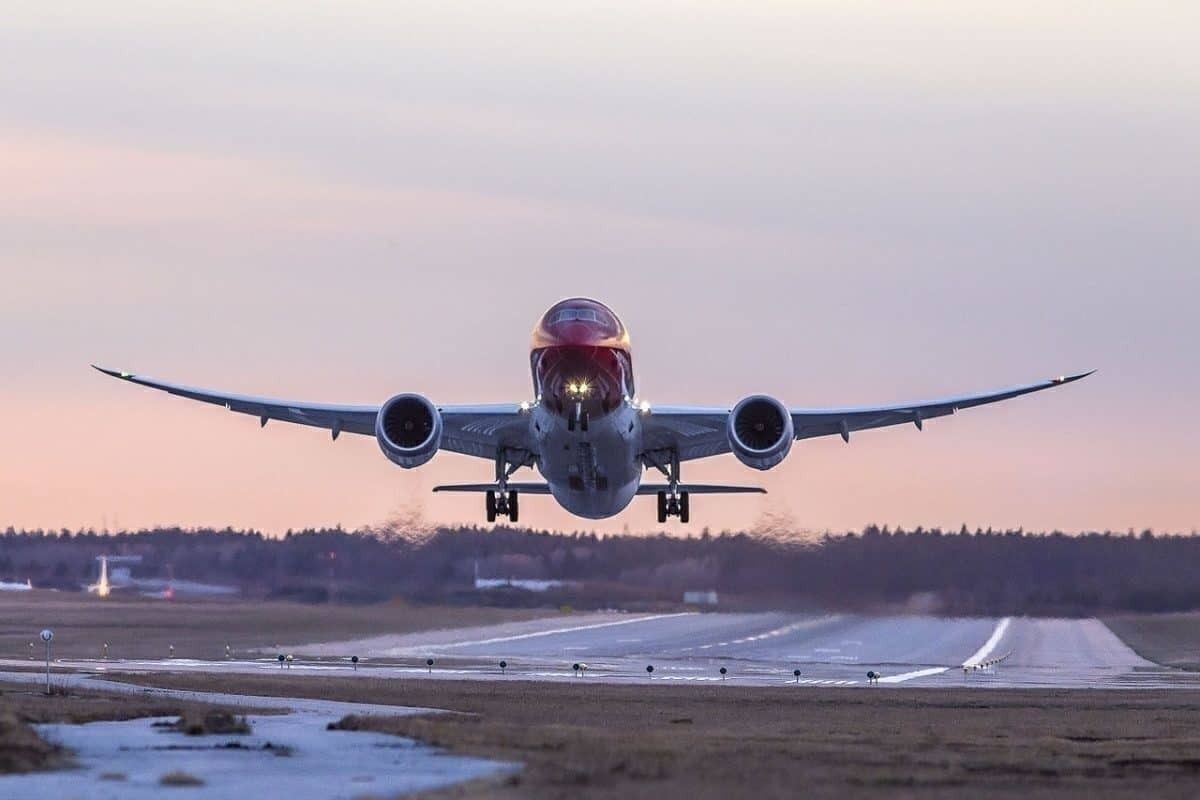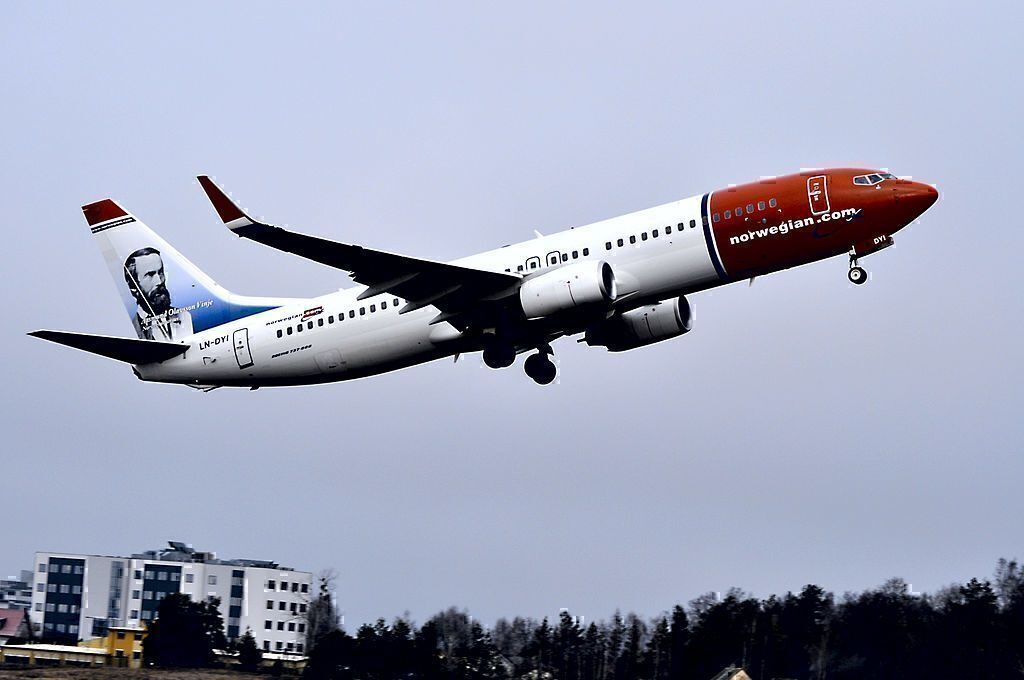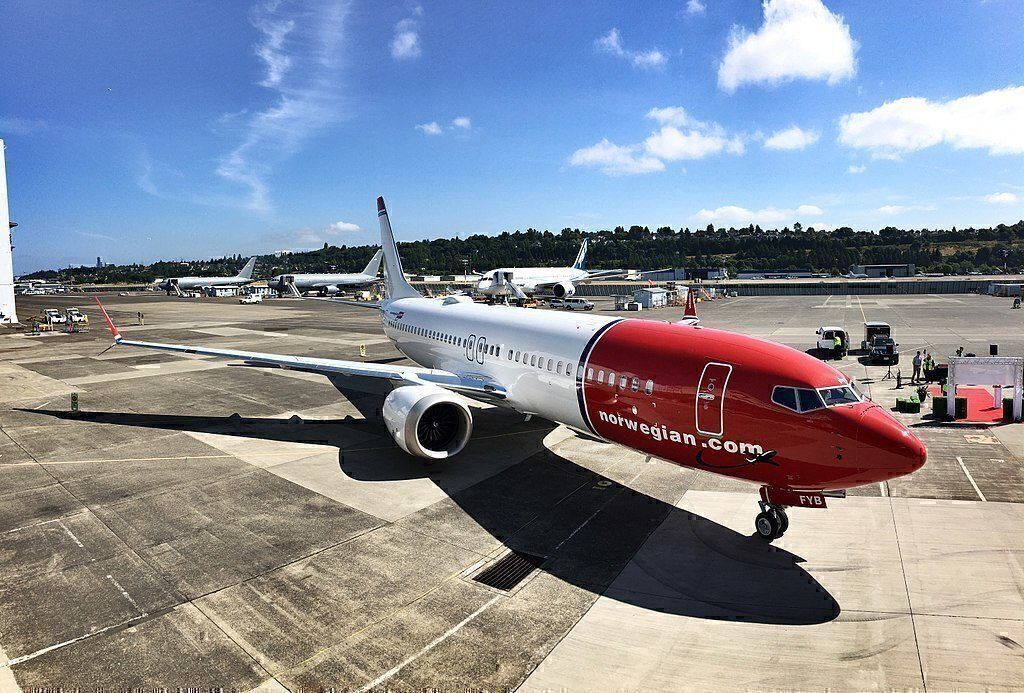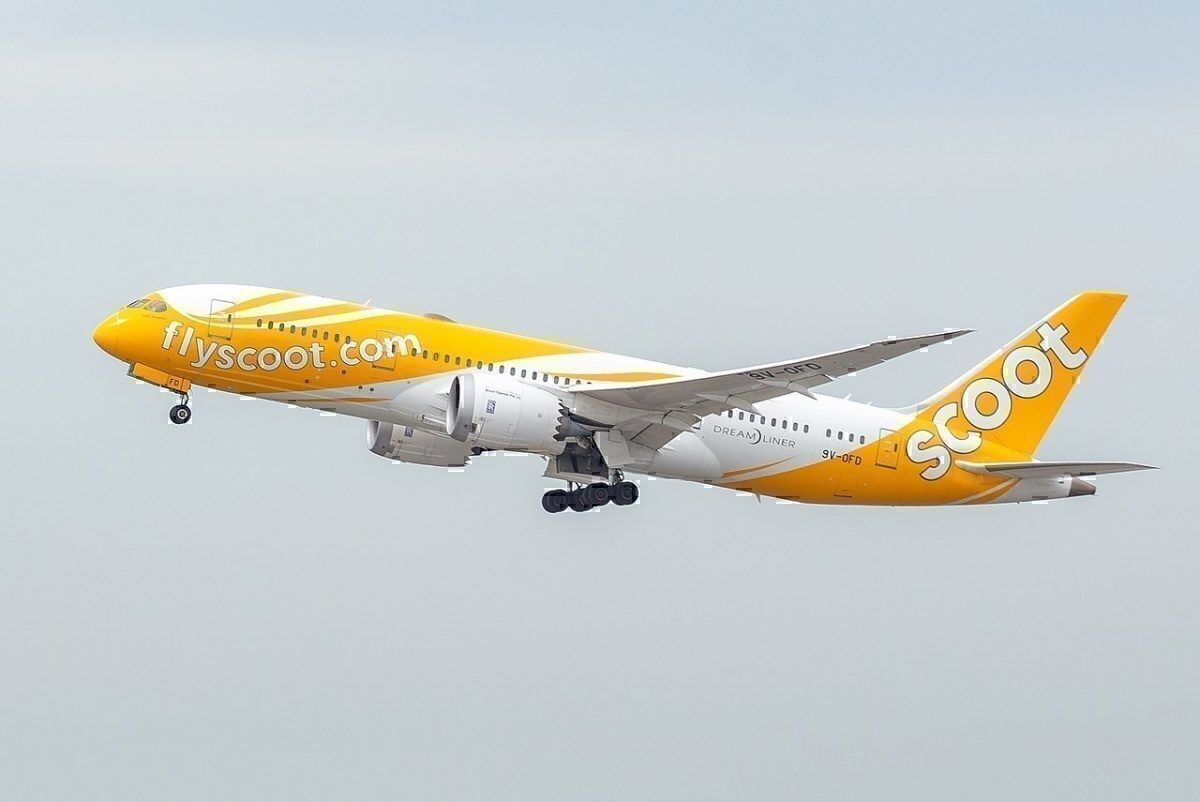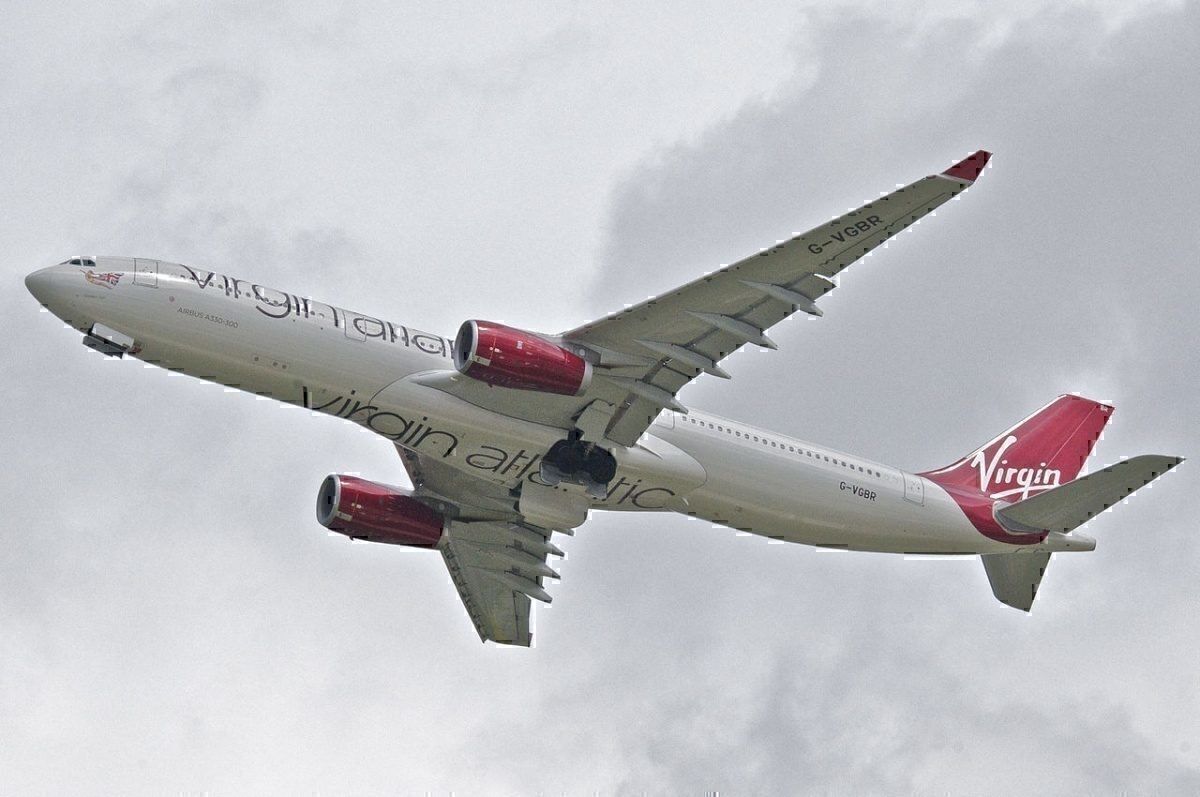Effective today, July 11th, Norwegian's Bjørn Kjos (72) will step down from his role as CEO, with current CFO Geir Karlsen (54) taking his place in the interim. The news comes as the airline attempts to overcome poor Q1 2019 financial results, implement a turnaround strategy, and cope with operational and fleet challenges related to the 737MAX.
Bjørn Kjos, the man behind Norwegian
Kjos started his career in the Royal Norwegian Air Force during the height of the cold war. After his military service, he studied law and practiced in the district and Supreme court between 1983 and 2002. In 1993, he, and several former employees of the recently-defunct airline Busy Bee started a regional airline called Norwegian Air Shuttle (NAS).
As the commercial landscape changed in the early 2000s, Kjos oversaw the transformation of NAS from a regional operation to pan-European low-cost-carrier. Since 2002, Kjos held the position of CEO, where he made significant fleet and competitor acquisitions.
In 2012, the airline started offering low-cost long-haul flights from bases in Europe to North America, South America and Asia, using the Boeing 787. For cost, labor, traffic rights, and tax purposes, the airline also established subsidiaries across Europe and in Argentina.
As of today, Kjors has served as airline CEO for the past 17 years.
Growth, not profitability
During Kjos' reign at the helm of Norwegian, the airline has grown significantly from its rather humble beginnings. As of 2019, the airline has 171 aircraft in its fleet, including 18 737MAXs, and has served nearly 10 million passengers in the last quarter.
This growth, however, has not translated into profitability. In Q1 2019, the airline posted a US$171m loss, due in part to a challenging environment, coupled with the grounding of its MAX aircraft.
The airline's financial difficulties go further than one bad quarter, however. Back in 2018, the Transport Sector head at HSBC, Andrew Lobbenberg, was quoted saying,
"They are not profitable this year in what is a very good year for the airline industry, the underlying business is losing considerable sums of money. This is not sustainable, something has to change.”
Due to poor financial performance, the company has gone on a mission to reduce its costs and increase unit revenue. This turnaround strategy, although somewhat successful, has not appeased the financial markets. According to Reuters, financial analysts, on average, recommend holding the stock, with two analysts believing the stock will under-preform.
What's next?
Considering the firm's financial difficulties and Kjos' departure as CEO, one must wonder what strategy the new chief executive will undertake. Although one can only speculate at this time, we here at Simple Flying see three options for Norwegian; refocus, expand, or be acquired.
Refocus
Admittedly, the term 'refocus' is a strong one; perhaps the word 'optimize' is more appropriate, particularly in terms of destinations served. In terms of optimization, Norwegian can do more going forward. While long-haul bookings are solid, according to the latest financial results, long-haul operations have significant fixed costs associated with handling, catering, and crew-accommodation expenses.
It is perhaps in part due to these fixed costs, combined with varying demand, that Norwegian recently eliminated it's London-Las Vegas route. Going forward, Norwegian may continue to refocus and optimize its routes towards long-term profitability.
Expansion
In terms of expansion, Norwegian has done well in the past. Moreover, a recent Fortune article quoted the interim CEO stating his intention to enter into a Joint-Venture with an airline who has a good presence in Asia.
Although international JVs can be a complicated affair, we think that Scoot could be a good international contender. The reasons for this are multifold, the most prominent of which are fleet and business model commonalities and Singapore Airlines' history with JVs, such as with Vistara.
Acquisition
Lastly, we have acquisition. While the usual contenders such as IAG and Lufthansa come to mind, we speculate that Virgin Atlantic could greatly benefit from acquiring Norwegian.
Admittedly, the business models differ between the airlines. However, in terms of fleet, Norwegian's 787s could expedite the Virgin's A330 replacement program or could allow the airline to grow outside of its core markets.
More importantly, however, a Virgin acquisition of Norwegian would allow the UK airline to broaden its presence in Europe and deepen its customer base through a multi-brand segmentation.
What do you think the future holds for Norwegian? Who do you think could lead the company going forward? Do you agree with our speculations? Let us know in the comments.

